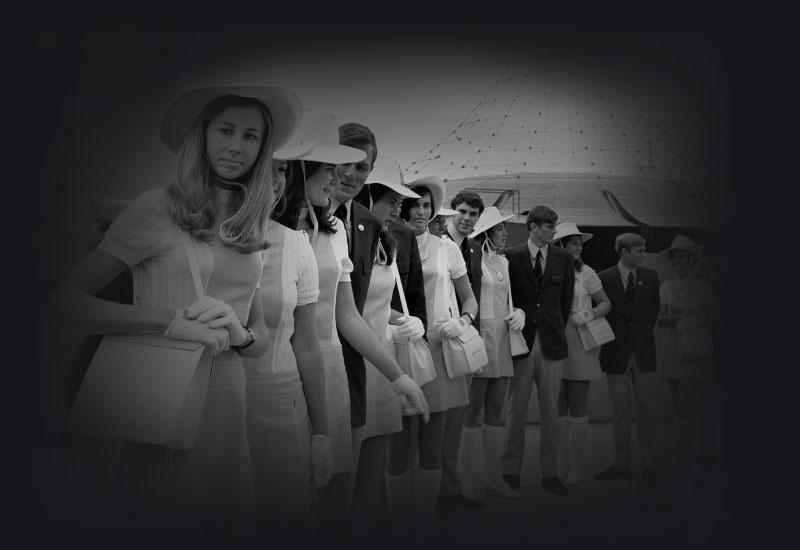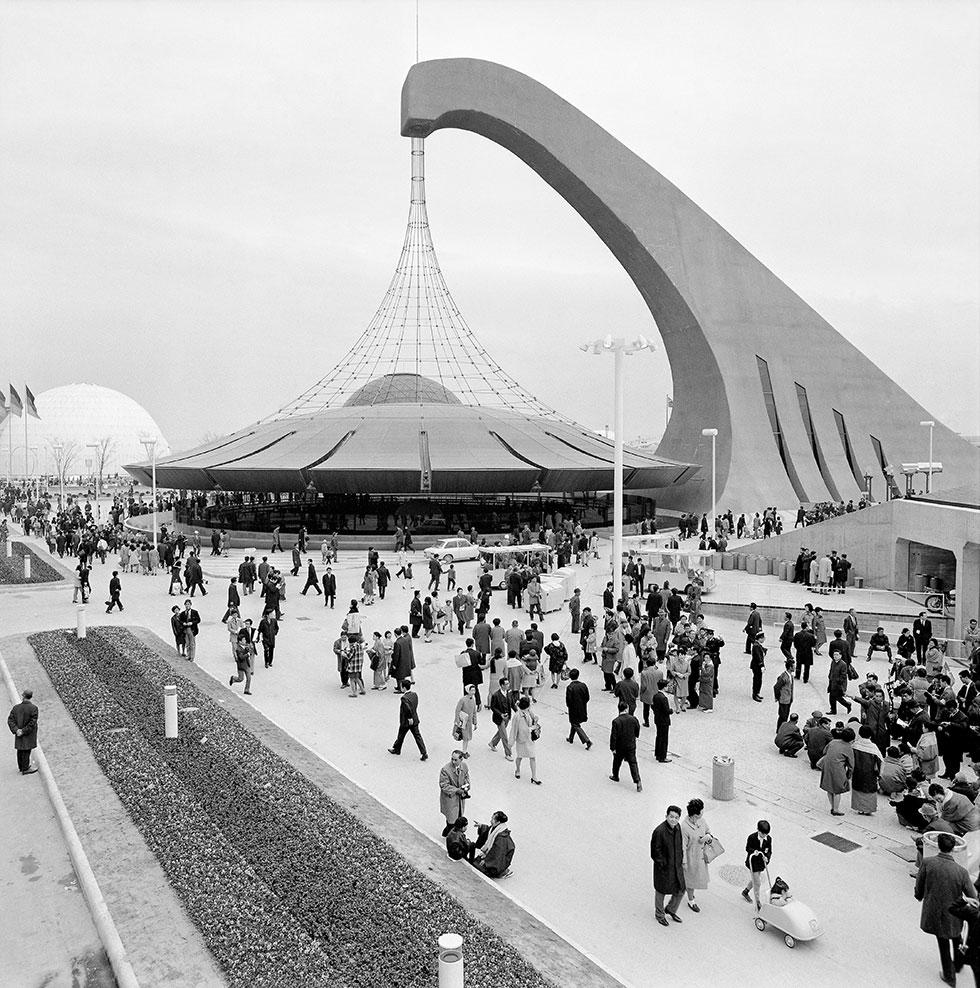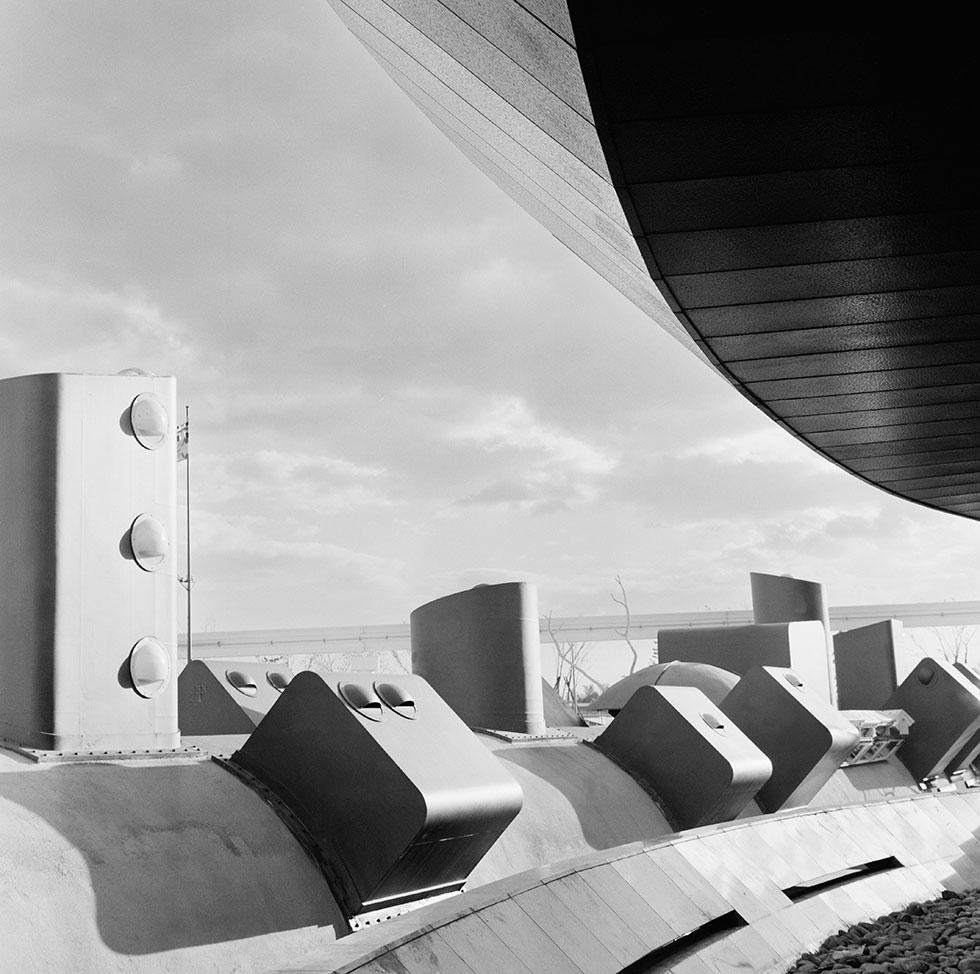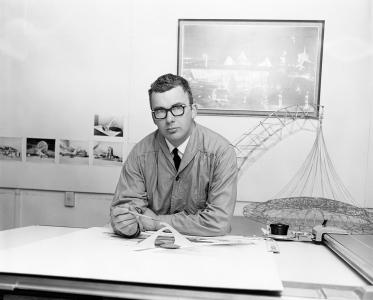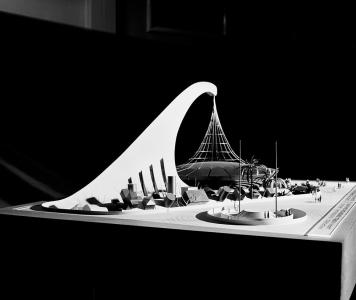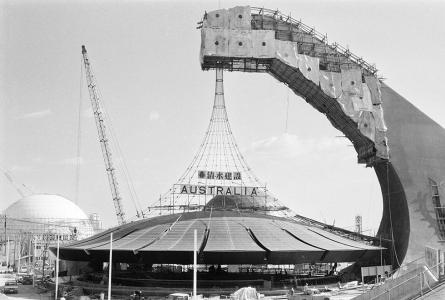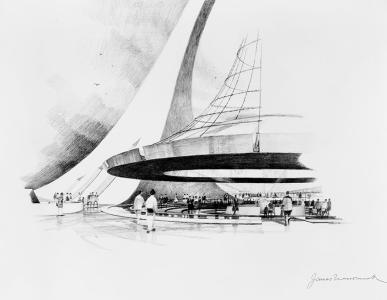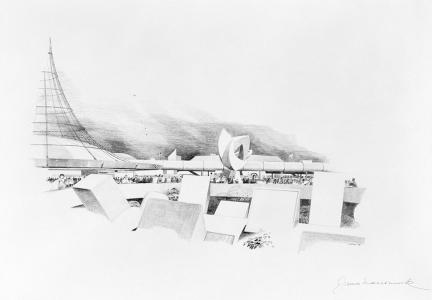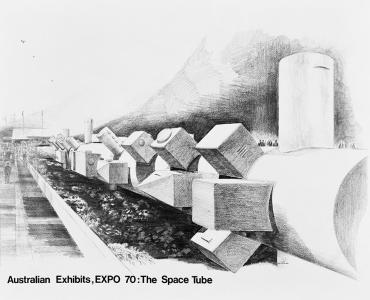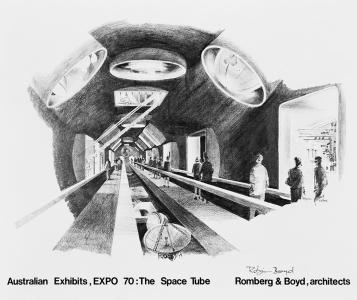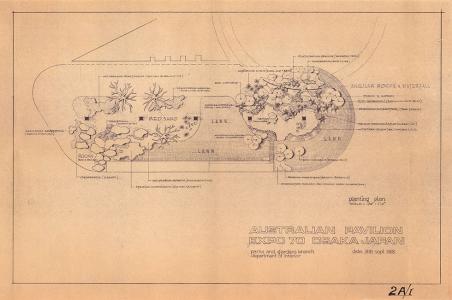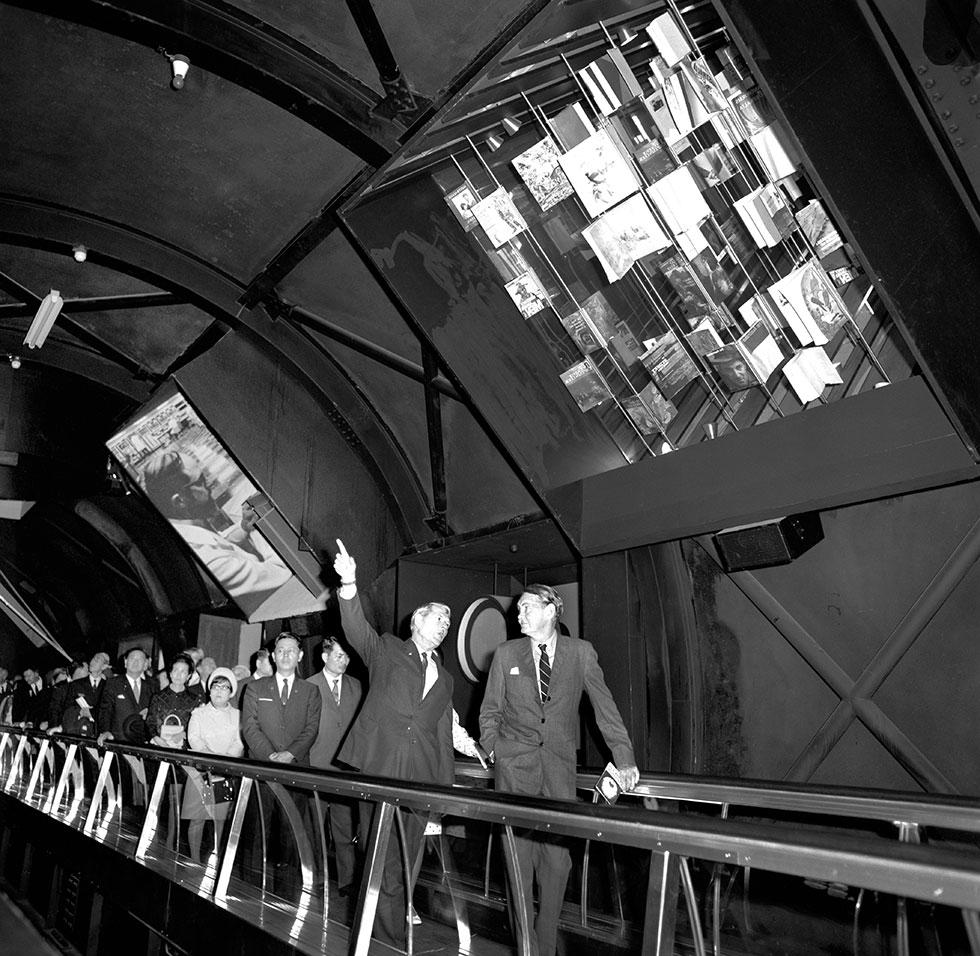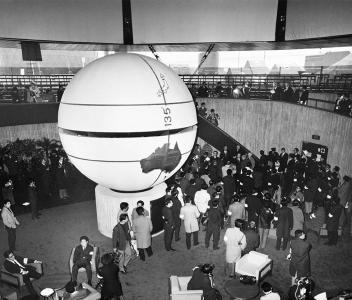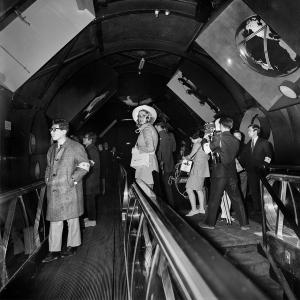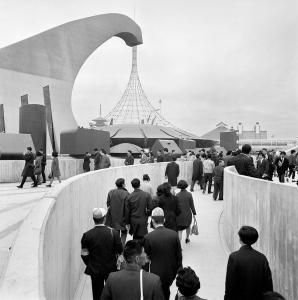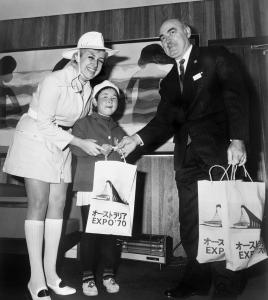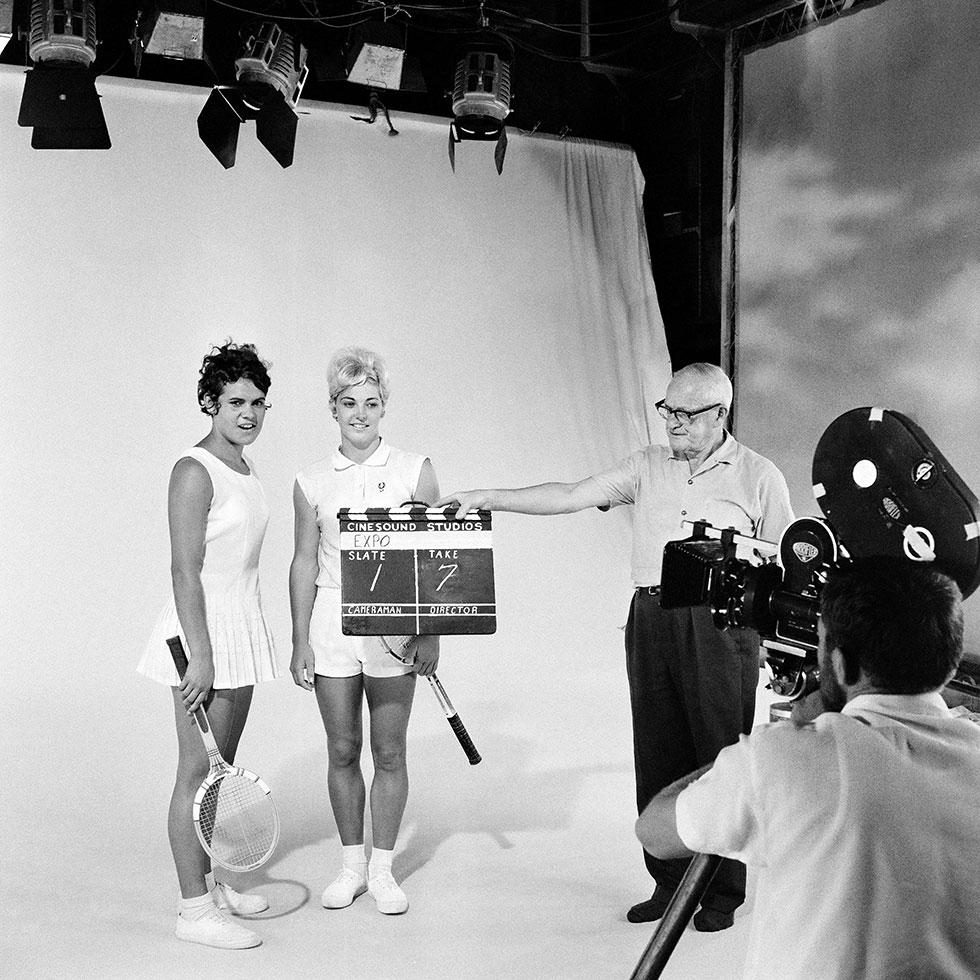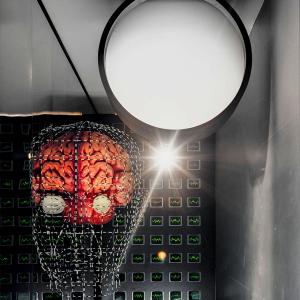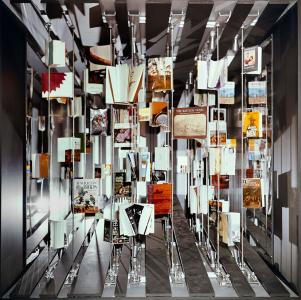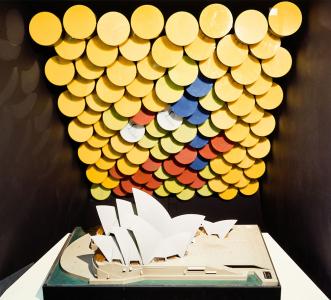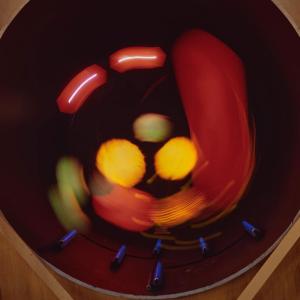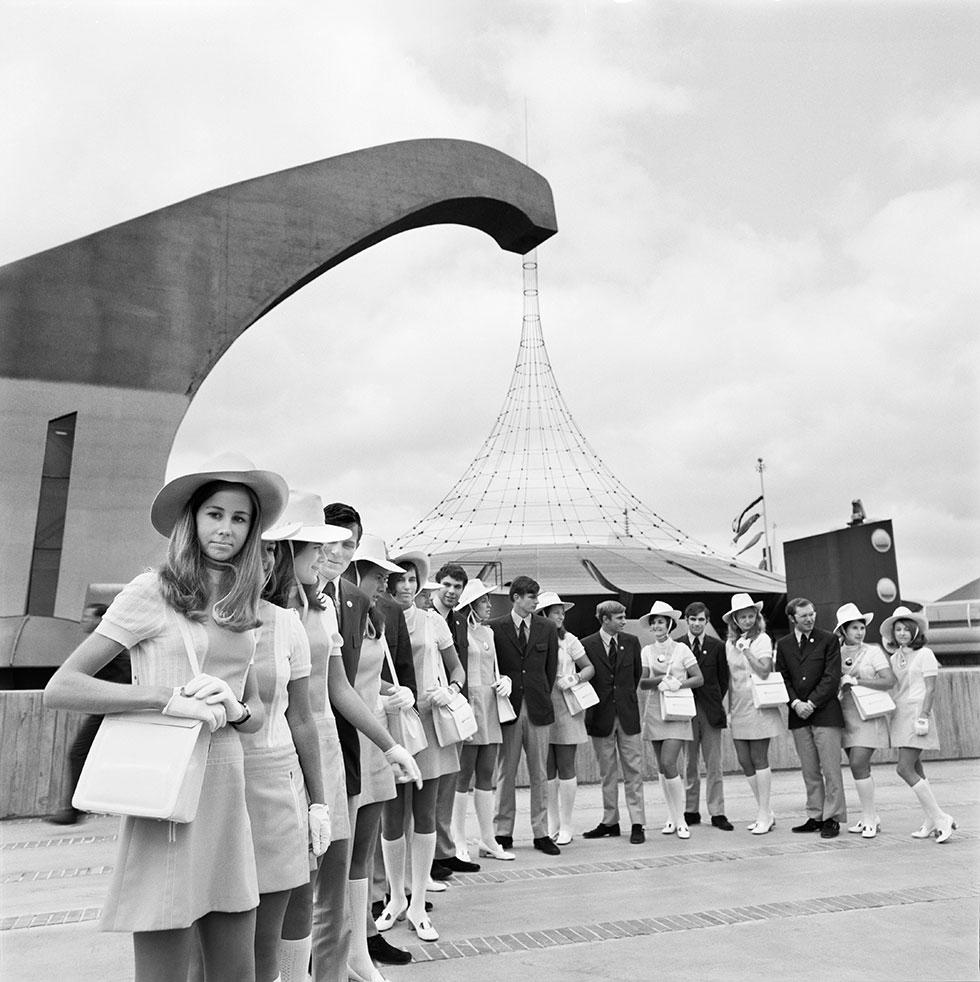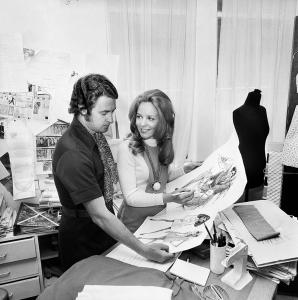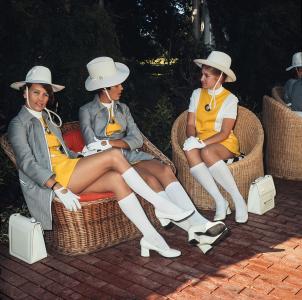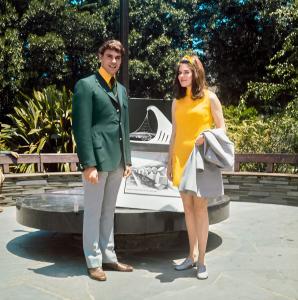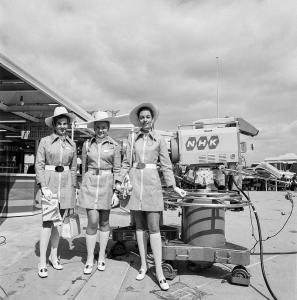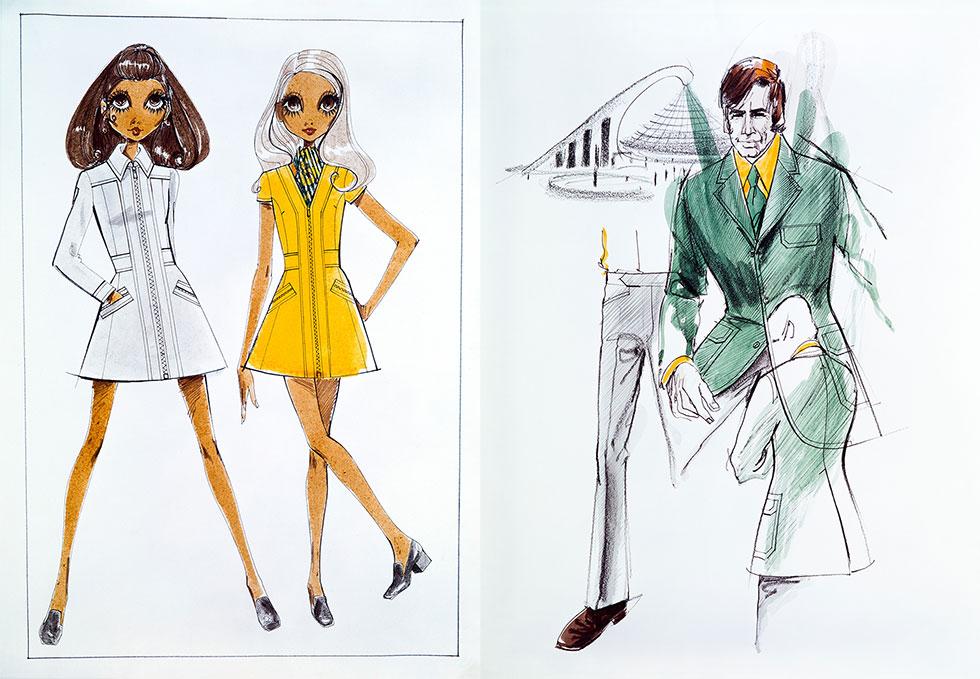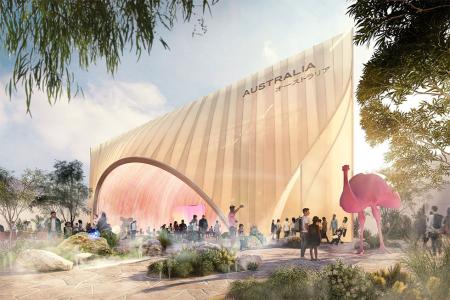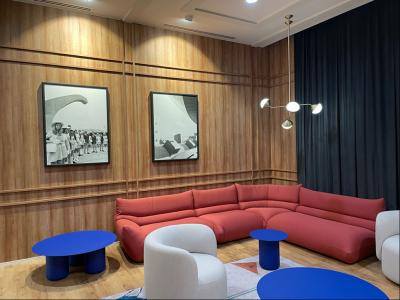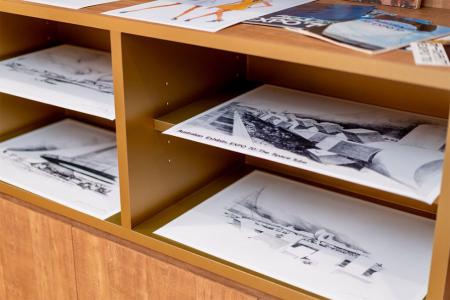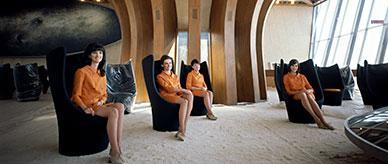Exhibiting Australia
Expo ’70 opened in Osaka, Japan, on 15 March 1970. Its theme, 'Progress and harmony for mankind', aimed to promote worldwide unity by connecting the East and the West. More than 64 million people visited the expo, which ran for 183 days. Australia was one of 77 nations to participate in Expo ’70, the first ever world exposition held in Asia.
Australia's long association with international exhibitions dates to 1851, when colonial exhibits from New South Wales, Victoria, South Australia, Tasmania and Western Australia were displayed at 'The Great Exhibition' in London. Australia has participated in almost every expo since, including Expo '88 which was held in Brisbane.
World Expo's bring nations together to promote and foster international relations and find ways to address the challenges of our time. At Expo ’70, Australia presented a modern view of a progressive country while embracing our unique culture. This was a purposeful shift away from the previous focus on agriculture and natural resources.

